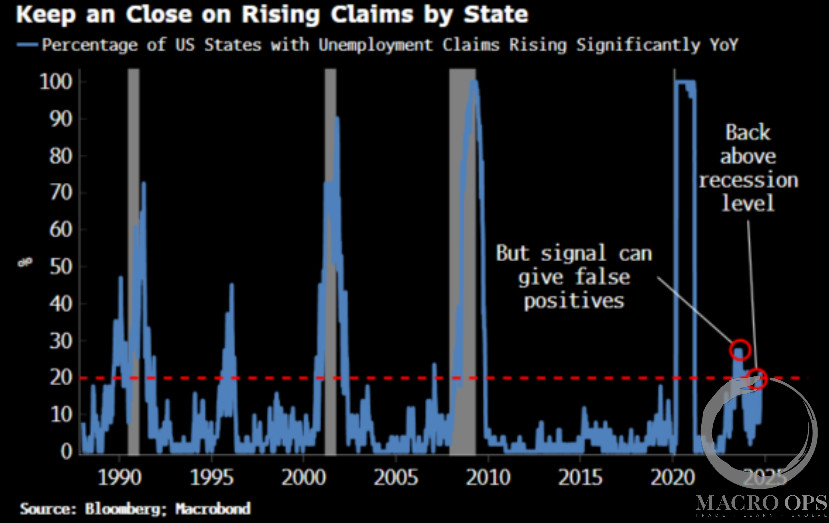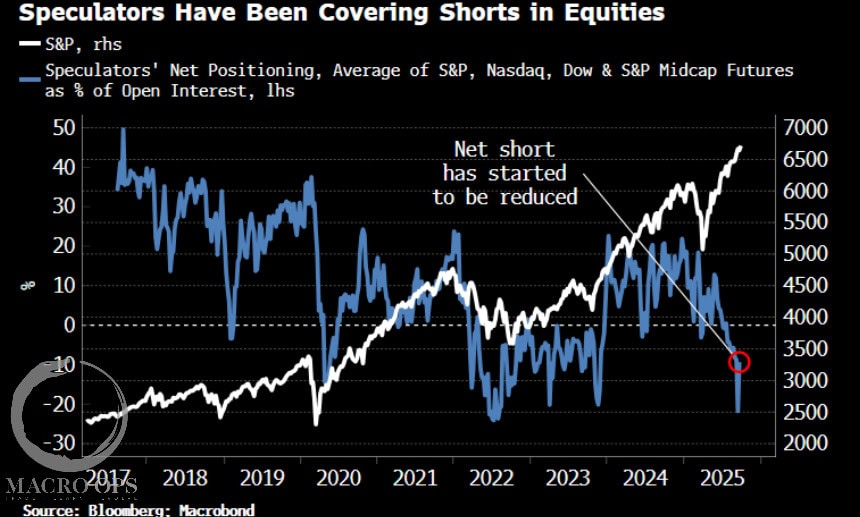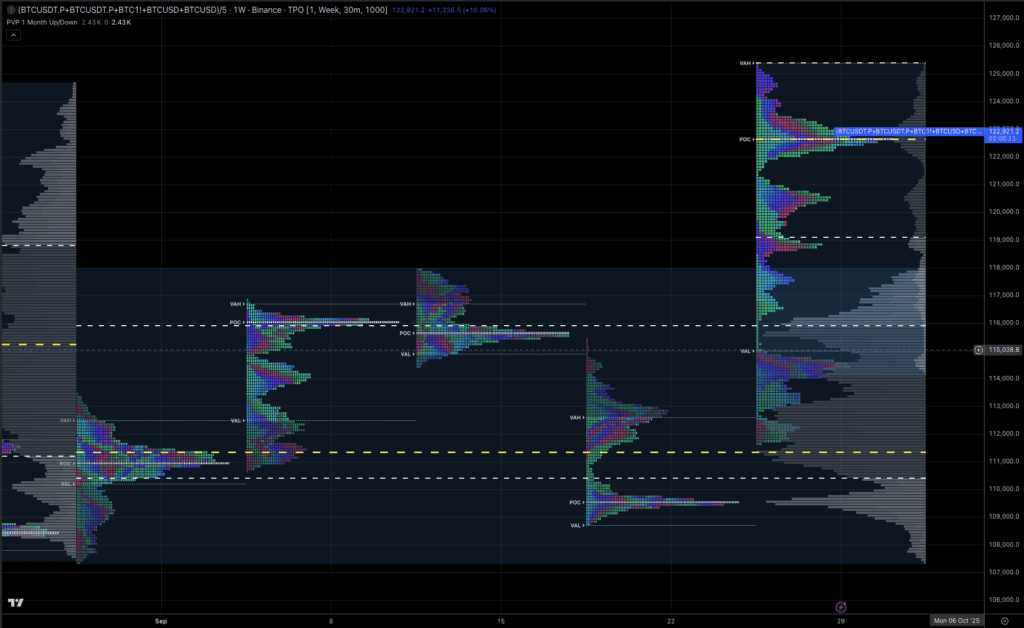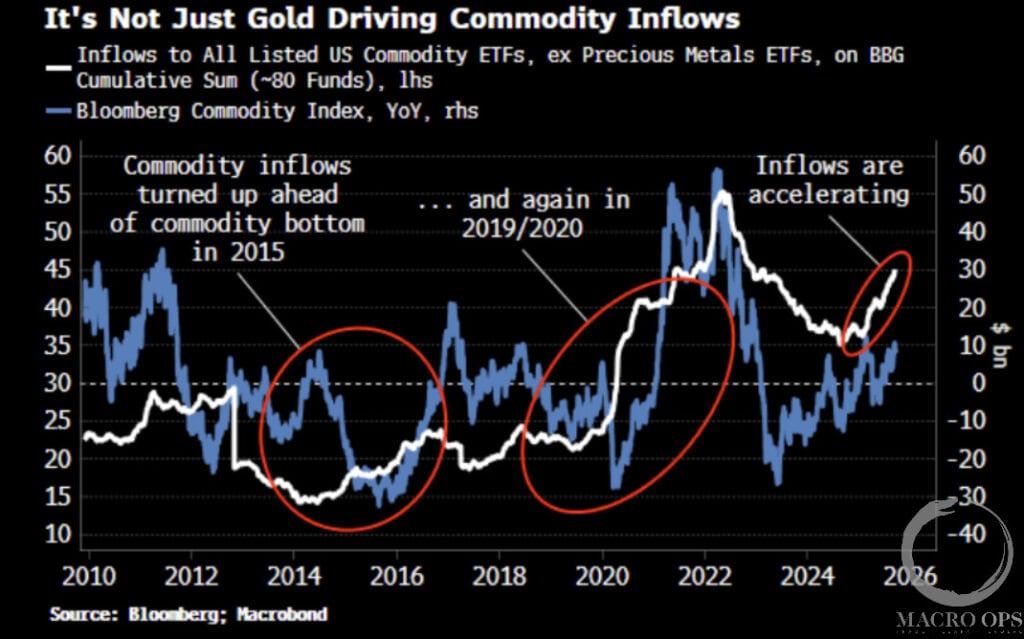Confidence is every part of trading. If you’re not convinced that you can win, you should never climb into the ring. ~ Marth Schwartz
In this week’s Dirty Dozen [CHART PACK], we cover growing indications of short-term fragility, record call buying in crude, rising breadth in initial claims, and reiterate the bullish case for lithium miners, plus more…
1. We’re bullish on the market’s primary trend, but we’ve been pointing out for the last two weeks how some indicators, such as our Trend Fragility indicator and the CBOE Call-Put Ratio featured below, are stretched. This means there’s an increasing risk of a short-term washout in markets soon.
2. Our MO Sentiment Indicator for the SPX has also risen to the 100th %tile, which has preceded poor 1-3 month returns in the past.
3. BofA’s Bull & Bear indicator jumped to a reading of 7 last week, its highest level in quite a while. Perhaps we will see a little parabolic run in the market over the next couple of weeks that gets this to trigger a proper sell signal?
4. BofA on what drove the large pop in the indicator…
5. “Aggregate open interest for Brent call options — which benefit when prices rise — rose to a record 2.19 million contracts as of Thursday.” ~ BBG
6. The current positioning and sentiment backdrop for crude remains supportive.
7. The percentage of US states with rising unemployment claims has risen back above 20% on a YoY basis. This has often served as a good recessionary signal in the past. However, that’s clearly not the case now. But it shows that more than hurricanes are impacting the labor market here (chart via BBG’s Simon White).
8. A little over two weeks ago, I pointed out the deeply negative LIT fund flows and elevated short interest, mixed with the improving technical backdrop (link here). Several of LIT’s holdings have popped since, with some names up over 90%+ on the month.
9. The weekly chart looks to be trying to break out from its downward channel. Bottoms typically take a while to develop, so expect continued volatility in this space.
10. BNEF writes that “Lithium demand quadruples between 2023 and 2030 under the Economic Transition Scenario, exceeding 2 million metric tons lithium carbonate equivalent (LCE). Growth to 2040 and 2050 is even faster, with a 10- and 11-fold scale-up from 2023 levels, respectively. The current glut in the lithium market has led to a slowdown in capacity expansions and project commissioning as miners revisit their plans amid low prices. Primary supply will not be enough to meet demand by the mid-2030s under the Economic Transition Scenario.”
11. Using Koyfin’s “Holdings” function, we can see who the top performers are in the LIT basket. These are the names we want to focus on.
12. We like a few of the names, with one of these being SLI (chart below is a weekly). It has strong relative performance and improving technicals. Brandon and I will be sharing some research on this name and others in the coming days.
Thanks for reading.








